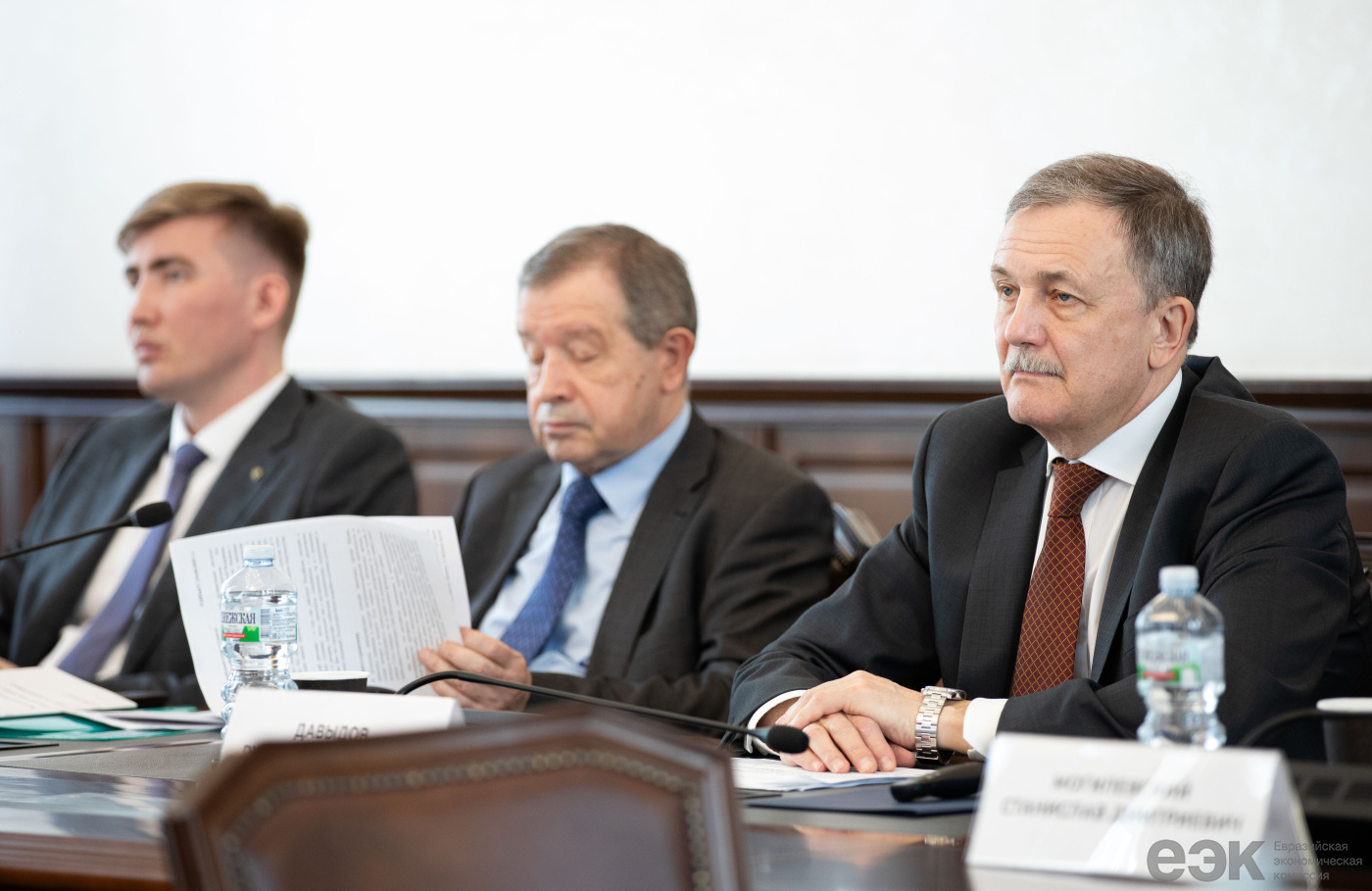News
Ruslan Davydov Spoke About Importance of Customs Regulation in Developing Eurasian Integration
Ruslan Davydov, Minister in charge Customs Cooperation of the Eurasian Economic Commission, spoke about relevant matters of customs regulation in the Eurasian Economic Union at the research-to-practice conference "Customs: Yesterday, Today, Tomorrow". It discussed issues of digitalization, interaction with businesses, international integration and legislation improvement.
According to Ruslan Davydov, global experience shows that integration processes can be successful only if the participating countries cooperate closely in the field of customs regulation. One of the main objectives of customs is to facilitate and speed up trade procedures, ultimately ensuring cost savings, increased mutual trade and a comfortable business environment.
Today, customs authorities are actively implementing modern technologies, such as electronic declarations and automated control systems, which can significantly improve efficiency and reduce the time required to handle cargo at borders. This, in turn, opens up new business opportunities, promotes investment and creates favorable conditions for developing the member economies of Eurasian integration associations.
"Under the Treaty on the EAEU we have common customs regulation, a common customs territory, a common trade regime with third countries, so we need to strive for unification. This is also a question of the international competitiveness of our Union as a common customs territory and its transit potential," Ruslan Davydov said. "The Eurasian Union is one seventh of the Earth's landmass, it is a bridge between China and Europe. After all, we need to take full advantage of these geographical benefits of ours."
Due to the fact that the conference was held shortly before the Victory Day, the EEC Minister in charge of Customs Cooperation paid special attention to the contribution of customs officers in achieving victory in the Great Patriotic War. He emphasized that during the war the main supply routes passed through the Far East and the Islamic Republic of Iran, generally along the now actively developing West-East and North-South international corridors.






